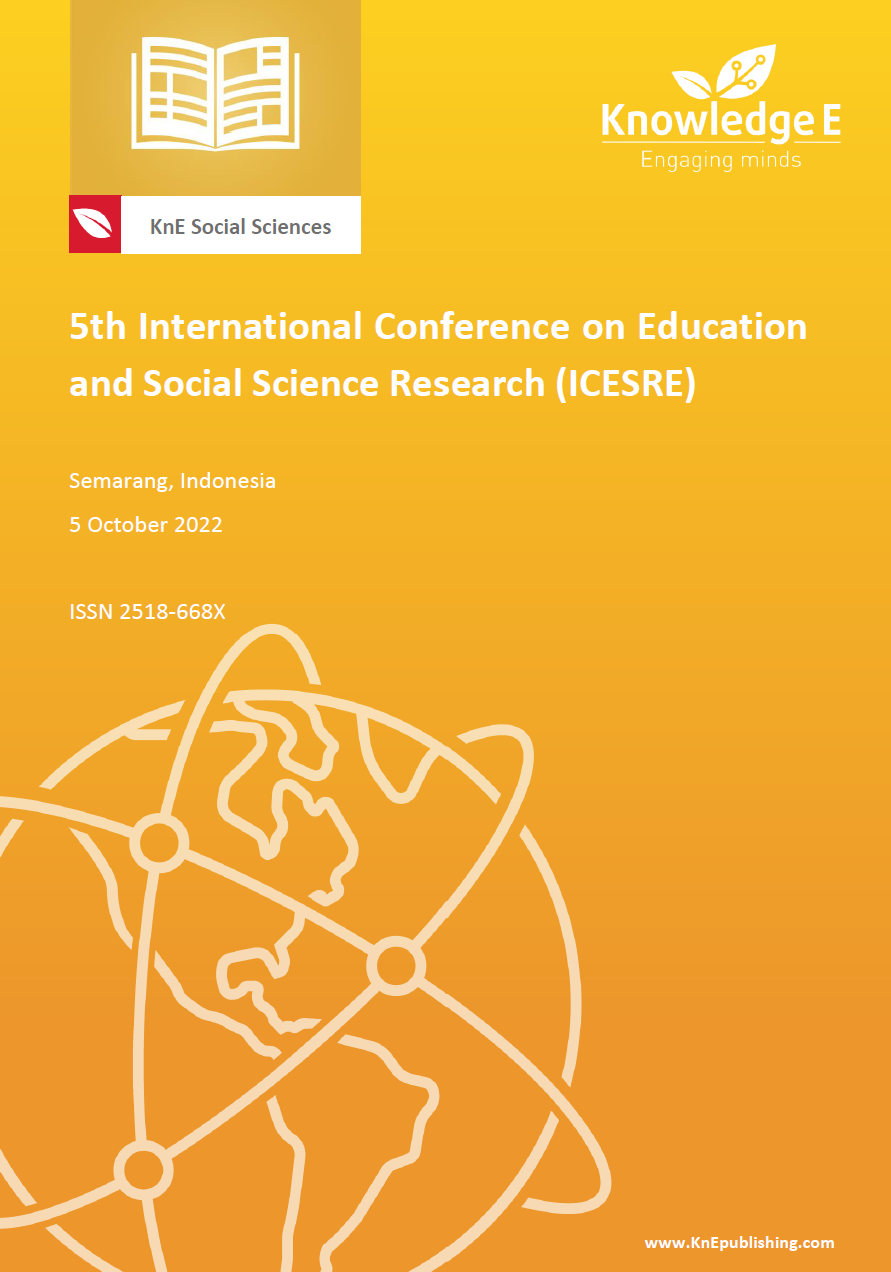Analysing Teacher Training Participants' Feedback Using Natural Language Processing
DOI:
https://doi.org/10.18502/kss.v7i19.12426Abstract
To assess the quality-of-service PGRI Jawa Tengah provided to its community through its teacher training programs, it needed to understand the input from the community itself. However, analysing and gaining insight from thousands of written feedback is hard and tedious. This research aimed to extract information from training participants’ feedback using Natural Language Processing techniques. The result showed that the most recurring theme for participant feedback is “very beneficial”, “very helpful”, “satisfactory”, “thank you”, “adding insights”, and “more training like this”. This means that most participants are satisfied with the training held by PGRI Jawa Tengah and expect more of this training to be held in the future. Based on these findings, PGRI Jawa Tengah should hold more teacher training programs in the future that are similar or greater in quality than the already established training.
Keywords: teacher training; participants feedback; text mining; natural language processing
References
[2] Rachman. Guru powerful (Kunci Sukses Menjadi Guru Efektif). Bandung: Kolbu; 2016.
[3] Musfah. Pendidikan dan pelatihan bagi guru. Jakarta: Rajawali Pers; 2011.
[4] Suratman S, Arafat Y, Eddy S. The influence of principal’s leadership and teacher’s competence toward teacher’s performance in Indonesia. Journal of Social Work Education. 2020;1:96–104.
[5] Widodo SE. Manajemen pengembangan sumber daya manusia. 2015.
[6] Fitria H, Kristiawan M, Rahmat N. Upaya meningkatkan kompetensi guru melalui pelatihan penelitian tindakan kelas. Abdimas Unwahas. 2019;4(1).
[7] Buchori A. Kinerja guru. Jakarta Raja Graffindo Persada. 2015.
[8] Uno HB. Profesi kependidikan. Jakarta: Bumi Aksara; 2012.
[9] Mangkunegara. Jurnal: Kinerja Guru dan Upaya Meningkatkannya. Jakarta; 2011.
[10] Rusyan. Manajemen Peningkatan Kinerja Guru. Konsep Strategi dan Implementasi. Bandung: Remaja Rosdakarya; 2016.
[11] Anwar MT, Ambarwati L, Agustin D, others. Analyzing public opinion based on emotion labeling using transformers. 2021 2nd International Conference on Innovative and Creative Information Technology (ICITech). 2021:74–78.
[12] Kabir AI, Ahmed K, Karim R. Word cloud and sentiment analysis of Amazon earphones reviews with R programming language. Inform Economics. 2020;24:55– 71.
[13] Kulevicz RA, Porfirio GE de O, de Oliveira OS, Zavala Zavala AA, Silva BA da, Constantino M. Influence of sustainability reports on social and environmental issues: bibliometric analysis and the word cloud approach. Environmental Reviews. 2020;28:380–386.
[14] Lee W-J. A study on word cloud techniques for analysis of unstructured text data. Journal of Convergence on Culture Technology. 2020;6:715–720.
[15] Kluyver T, Ragan-Kelley B, Pérez F, Granger B, Bussonnier M, Frederic J, et al. Positioning and power in academic publishing: Players, agents and agendas. Loizides F, Schmidt B, editors. Amsterdam, Netherlands: IOS Press; 2016. Jupyter Notebooks – A publishing format for reproducible computational workflows. p. 87– 90.
[16] Oesper L, Merico D, Isserlin R, Bader GD. WordCloud: A Cytoscape plugin to create a visual semantic summary of networks. Source Code for Biology and Medicine. 2011;6:7.
[17] Hunter JD. Matplotlib: A 2D graphics environment. Computing in Science & Engineering. 2007;9:90–95.
[18] Anwar MT, Utami MP, Ambarwati L, Arohman AW. Identifying social media conversation topics regarding electric vehicles in Indonesia using latent dirichlet allocation. 2022 IEEE International Conference on Cybernetics and Computational Intelligence (CyberneticsCom). 2022:102–106.

